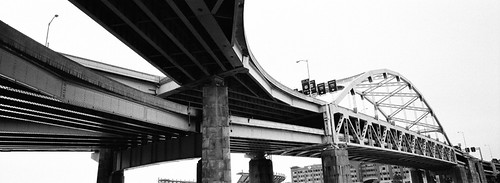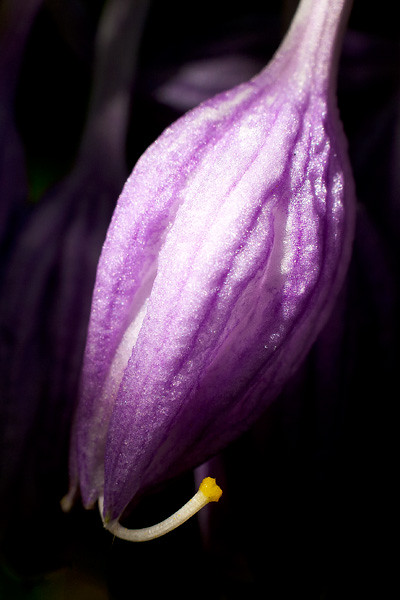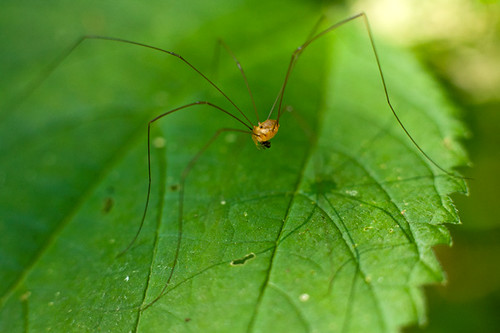My original
Notes from Rome article wasn't terribly informative about Rome itself, so this is a do-over. I tried to think of questions we had before the trip, and the answers we discovered along the way, so I've opted for a Q&A format. I hope you find it useful.
 Where did you stay?
Where did you stay?In a studio apartment rental that I found on
Roman Reference. I had a €102.91 down payment and then had to pay the balance of €534.06 in cash on arrival.
May is a popular time to visit Rome, so I booked the apartment near the end of February.
We called the key-holder when we arrived at the FCO train terminal to arrange a time. He was right out front waiting for us when arrived at the front door.
Does FCO have easily accessible payphones?Yes, at the gates, airport terminal, and train terminal. I ended up using my iPhone4 though. It took a moment to connect to the TIM network, but otherwise worked just fine. I think the one-minute call to the key-holder cost a couple bucks, probably due to initial registration fees and such.
How did you get to your apartment?Our apartment was located just south of Piazza del Popolo on Via del Corso. We took the Leonardo Express from FCO to Termini, then took the metro A line west to Flaminio station.
Just a heads-up, the Leonardo Express drops you on the far end of Termini Station from the metro lines. It was probably just under 1/2 mile of walking. Just keep following the signs and you'll make it.
Also, the Leonardo Express ticket machines only speak Italian, and appeared to only accept chip-and-pin credit cards. If you buy your tickets from the person at the kiosk, you have to pay cash.
And don't forget to validate your Leonardo Express ticket before you board. There are little validation machines that look like parking meters near the beginning of the platform.
Where did you eat?We usually ate dinner in the back streets along Via del Corso. If you eat along the main drags, you're going to pay a lot more. Stick to the little places along the alleys and you'll find great food at reasonable prices.
If you keep your eyes open, there are little grocery stores available as well. We found one along Via della Fontanella di Borgese, walking west from Via del Corso. I think there was another one on Via Antonio Canova. Just keep an eye out. They both accepted American Express.
 How did you pay for things?
How did you pay for things?The amount of cash required in Rome caught me a little off guard. I'm used to paying for everything with a credit card, for the points and the protection. Pretty much all the restaurants accepted credit cards, but a lot of the tourist attractions required cash. There were plenty of ATM's around though.
If you use your credit card in an ATM, remember that it counts as a cash advance, and starts accruing interest immediately. Use your normal ATM card if you can.
How was the water?We drank the water without any ill effects. However, water pressure is low. The shower in our apartment came out as a trickle. According the owner, all of Rome suffers from low water pressure. At least the water was hot.
Was noise a problem at night?Even though our apartment was in one of the busier parts of Rome, we didn't have any problems with noise. Our little balcony was on the third floor overlooking a small courtyard. Very serene really.
 How did you get around?
How did you get around?There was quite a bit of walking, but since we were near Flaminio station, we opted to get the CIS unlimited weekly ticket for €16 each. It actually worked really well. The bus system is also really useful, albeit confusing. We were able to find a bus map on the wall just inside Flaminio station. As a starting point, pay attention to the bus numbers you see in your area when you arrive. The busses are totally safe too. We even saw small school children riding the bus alone. Believe me, your feet will thank you for using any kind of transit, even if you end up going the long way around.
 How much did it cost to rent bicycles?
How much did it cost to rent bicycles?We only used bicycles on the Appia Antica. It cost about €22 for two bikes for about four hours. They had to be the most rickety bikes I've ever ridden on, but when you hit those cobblestones, you'll understand why. They were otherwise very comfortable bikes with a convenient step-through design. The ride was an amazing experience, with tons of great stopping points; well worth the cost. Traffic was almost non-existent. Remeber to bring your passport along, as you have to leave it with the rental shop while you have the bikes.
 What did you do for lunch?
What did you do for lunch?On our first day, we went to one of the grocery stores (see above) and picked up cheese, crackers, canned chicken, bananas, and some other snacks. Each day we brought a portion along in our backpack and found a shady bench to relax and enjoy. It really hit the spot.
As a side note, pay attention to the label on the canned chicken. We made the mistake of buying "pollo in geletina" (chicken in jello). It was edible, but definitely less than ideal.
How did you get into The Vatican?The huge line in front of the Vatican is for St. Peter's Basillica. The Vatican Museum entrance (and line) is on the north side of Vatican City. We got to the museum at about 1pm and didn't have to wait in line at all.
Also, the tour guides in front of the basilica are extremely persistent in trying to get your attention. At first we tried simply ignoring them, but that didn't work at all. If they start trying to offer you a tour, just say, "we're fine," and they'll quickly move on to the next person. They are actually offering legitamate tours (and quick access) for about €40 each, so if you are interested, by all means, talk to them.
I do wish I'd had a my 17-40/4 lens to capture some of the amazing painted ceilings and walls in the museum though.
 And the Colosseum?
And the Colosseum?Buy your tickets for the Colosseum at the entrance to Palatine Hill just south of the Arch of Constantine. The line is much, much shorter.
 How did you get back to the airport?
How did you get back to the airport?We had a morning flight out of FCO, so we opted to avoid the trains and caught an early (early) cab that was waiting in Piazza del Popolo. Surprisingly, the cab driver was the only Roman we encountered who didn't speak any English at all. However, we were able to overcome the language barrier and get to the airport in record time for just under €50. In hindsight, it would have been helpful to know that the Alitalia flights to CDG are out of Terminal 1.
After a brief series of unintelligable exchanges with driver, he eventually stopped in front of Terminal 1 and simply asked, "A qui?" (here?). I figured we could walk to any other part of the airport if we had to, so I replied, "Si si," and gave him the full 50 to include a little tip, and got out. Surprisingly, he actually tried to give me change, to which I gestured no thanks and said, "Prego," which appears to mean all-things-good.
Conclusions?Go to Rome, but don't over plan it. Have a key objective for each day, but leave time to explore. Rome will not disappoint.






















































